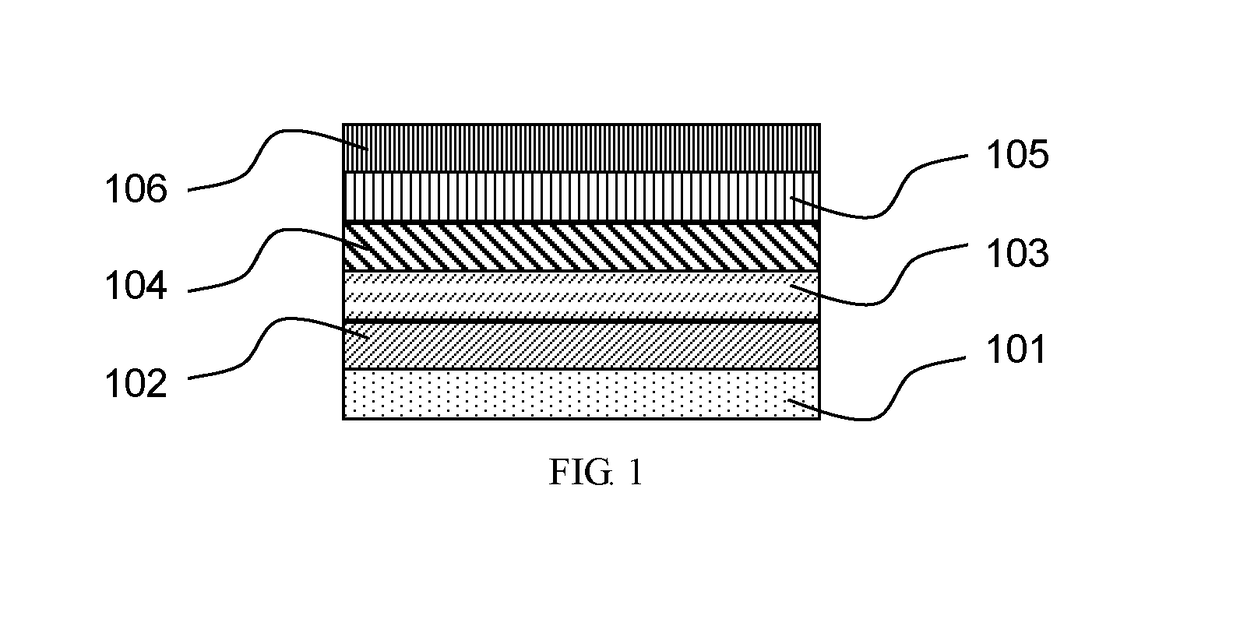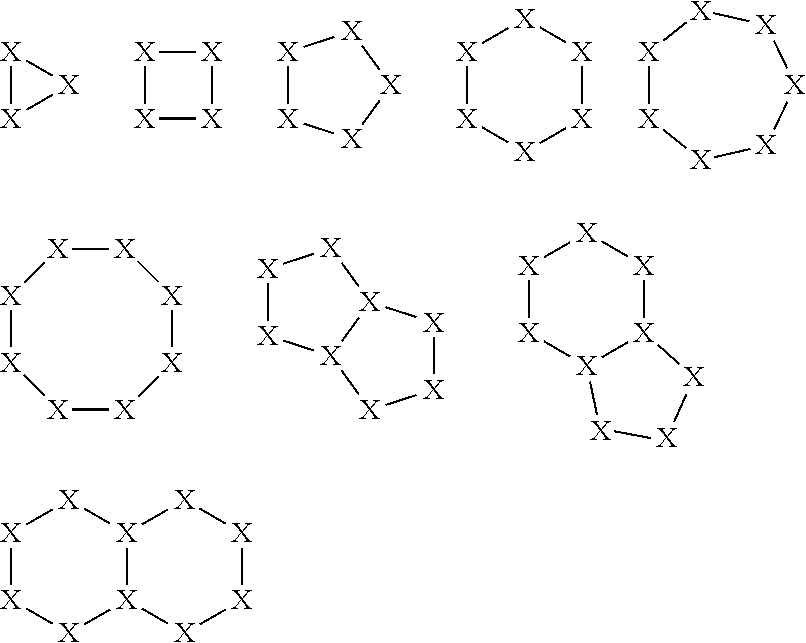Formulation for printing electronic device and application thereof in electronic device
a technology of electronic devices and forms, applied in the direction of luminescent compositions, chemistry apparatuses and processes, inks, etc., can solve the problems of low material utilization, increase the cost, and reduce the yield, so as to ensure the performance of electronic devices, effective technical solutions, and effective removal
- Summary
- Abstract
- Description
- Claims
- Application Information
AI Technical Summary
Benefits of technology
Problems solved by technology
Method used
Image
Examples
example 1
Preparation of Quantum Dots as a Blue Emitter (CdZnS / ZnS)
[0215]A first solution for use is prepared through adding 0.0512 g of S and 2.4 mL of ODE in a single-neck flask with a capacity of 25 mL, and heating to 80° C. in an oil bath to dissolve S. A second solution for use is prepared through adding 0.1280 g of S and 5 mL of OA in a single-neck flask with a capacity of 25 mL, and heating to 90° C. in an oil bath to dissolve S. After that, 0.1028 g of CdO, 1.4680 g of zinc acetate and 5.6 mL of OA are added to a three-neck flask with a capacity of 50 mL, which is subsequently placed in a heating jacket with a capacity of 150 mL in a state that the necks at both sides are blocked by rubber stoppers and the upper side is connected to a condenser, and the conderser is connected to a double manifold at the other side. The three-neck flask is heated to 150° C., vacuumized for 40 min, and then purged with nitrogen gas. Then, 12 mL of ODE is injected into the three-neck flask by an injector...
example 2
Preparation of Quantum Dots as a Green Emitter (CdZnSeS / ZnS)
[0217]A first solution for use is prepared through adding Se 0.0079 g and S 0.1122 g in a single-neck flask with a capacity of 25 mL, metering 2 mL of TOP, purging nitrogen and stirring. After that, 0.0128 g of CdO, 0.3670 g of zinc acetate and 2.5 mL of OA are added to a three-neck flask with a capacity of 25 mL, of which the necks at both sides are blocked by rubber stoppers and the upper side is connected to a condenser that is connected to a double manifold at the other side. The three-neck flask is subsequently placed in a heating jacket with a capacity of 50 mL and subjected to the following steps of being vacuumized, purged with nitrogen, heated to 150° C., vacuumized for 30 min, injected with 7.5 mL of ODE, heated again to 300° C., injected quickly with 1 mL of the first solution, and kept for 10 min. Once reaching 10 min, the reaction is stopped immediately, and the three-neck flask is placed in water for cooling.
[...
example 3
Preparation of Quantum Dots as a Red Emitter (CdSe / CdS / ZnS)
[0219]Cd(OA)2 precursor is prepared through adding 1 mmol of CdO, 4 mmol of OA and 20 ml of ODE to a three-neck flask with a capacity of 100 ml, purging nitrogen and heating to 300° C. At this temperature, 0.25 mL of TOP dissolved with 0.25 mmol of Se powder is injected to the flask quickly. The reaction solution is reacted at this temperature for 90 sec to grow a CdSe core sized of about 3.5 nm. The reaction solution is added dropwise with 0.75 mmol of octanethiol at 300° C., and reacted for 30 min to grow a CdS shell in a thickness of about 1 nm. After that, the reaction solution is added dropwise with 4 mmol of Zn(OA)2 and 2 mL of TBP dissolved with 4 mmol of S powder to grow a ZnS shell in a thickness of about 1 nm. After being reacted for 10 min, the reaction solution is cooled to the room temperature.
[0220]Afterwards, 5 mL of hexane is added to the three-neck flask. The mixed liquid is transferred to several centrifuge...
PUM
| Property | Measurement | Unit |
|---|---|---|
| boiling point | aaaaa | aaaaa |
| surface tension | aaaaa | aaaaa |
| light emitting wavelength | aaaaa | aaaaa |
Abstract
Description
Claims
Application Information
 Login to View More
Login to View More - R&D
- Intellectual Property
- Life Sciences
- Materials
- Tech Scout
- Unparalleled Data Quality
- Higher Quality Content
- 60% Fewer Hallucinations
Browse by: Latest US Patents, China's latest patents, Technical Efficacy Thesaurus, Application Domain, Technology Topic, Popular Technical Reports.
© 2025 PatSnap. All rights reserved.Legal|Privacy policy|Modern Slavery Act Transparency Statement|Sitemap|About US| Contact US: help@patsnap.com



